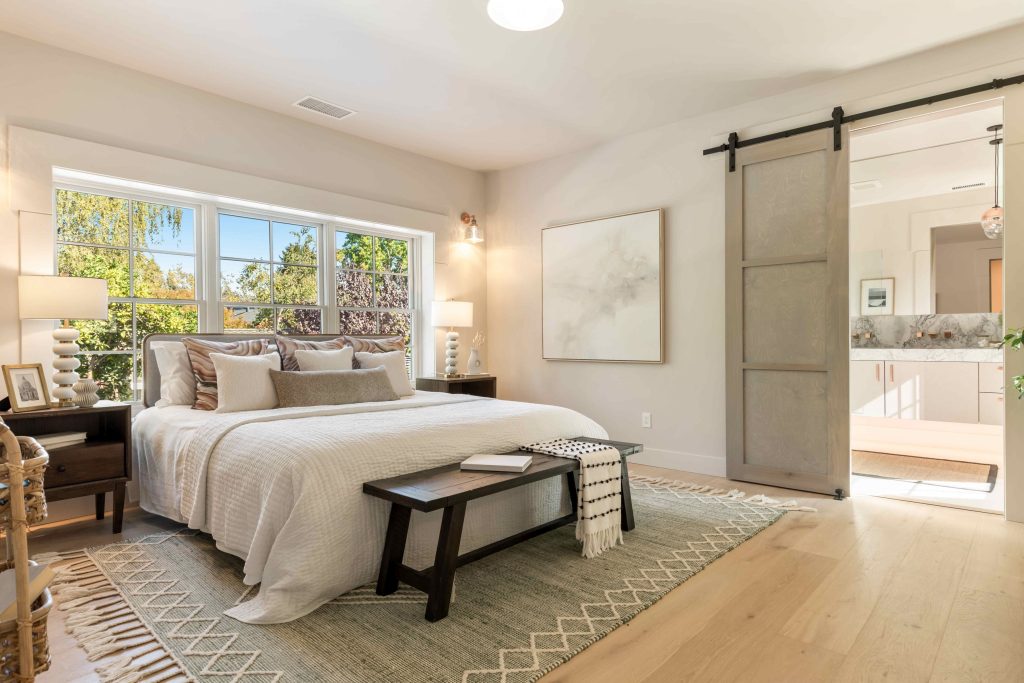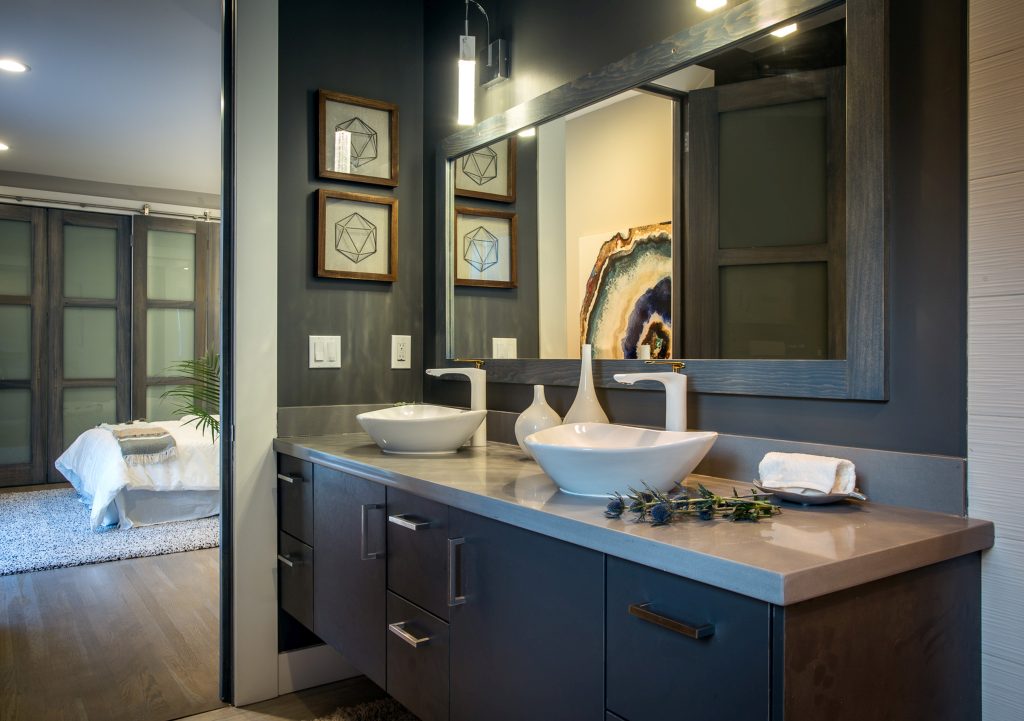Building a house is a monumental endeavor that requires meticulous planning, skilled labor, and, most importantly, the right materials. From the foundation to the roof, every component plays a crucial role in ensuring durability, comfort, and aesthetics. In this comprehensive guide, we delve into the essential materials needed for the construction of a house, highlighting their importance and the considerations that go into choosing them.
Foundation Materials
The foundation serves as the bedrock of any structure, providing stability and distributing the weight of the building evenly. Common materials used for new construction of a foundations include
- Concrete: Versatile and durable, concrete is a staple for building foundations due to its strength and ability to withstand compression.
- Reinforcement Bars (Rebars): Embedded within concrete to enhance its tensile strength, rebars prevent cracking and ensure the foundation’s longevity.
- Stone or Brick Masonry: In some regions, stone or brick masonry is used for foundations, offering a traditional and aesthetically pleasing alternative.
Structural Frame Materials
The structural frame supports the entire weight of the house and must be robust and reliable. Key materials used in framing include:
- Wood: Often used for residential construction due to its affordability, ease of handling, and versatility in various structural applications.
- Steel: Known for its strength and durability, steel is preferred for larger structures and buildings requiring long spans or specific load-bearing capabilities.
- Concrete: Reinforced concrete frames combine the benefits of concrete’s compressive strength with steel reinforcement for added durability.
Wall Materials
Walls provide insulation, privacy, and structural integrity. The choice of wall material depends on factors such as climate, budget, and architectural style:
- Bricks: Timeless and durable, bricks offer excellent thermal mass, regulating indoor temperatures and reducing energy costs.
- Concrete Blocks: Affordable and easy to install, concrete blocks are favored for their strength and resistance to fire and pests.
- Timber Framing with Cladding: Combining timber frames with external cladding materials like weatherboards or fiber cement sheets provides a blend of aesthetic appeal and insulation.
Roofing Materials
The roof protects the house from weather elements and contributes significantly to its curb appeal. Popular roofing materials include:
- Asphalt Shingles: Affordable and easy to install, asphalt shingles come in various colors and styles, suitable for most residential designs.
- Metal Roofing: Long-lasting and durable, metal roofs offer superior protection against fire, wind, and hail, making them ideal for harsh climates.
- Concrete or Clay Tiles: Known for their longevity and aesthetic appeal, concrete or clay tiles are often chosen for their durability and traditional charm.
Insulation Materials
Proper insulation is essential for maintaining comfortable indoor temperatures and reducing energy consumption. Common insulation materials include:
- Fiberglass: Lightweight and cost-effective, fiberglass insulation is widely used for its thermal and acoustic properties.
- Spray Foam: Provides superior insulation by expanding to fill gaps and crevices, ensuring airtightness and energy efficiency.
- Cellulose: Made from recycled paper products, cellulose insulation is eco-friendly and offers excellent thermal performance.
Finishing Materials
Finishing materials add the final touches to a house, enhancing its functionality and aesthetic appeal:
- Flooring: Options range from hardwood and laminate to tile and carpet, each offering unique benefits in terms of durability, maintenance, and style.
- Interior Walls: Drywall is a common choice for interior walls due to its affordability and ease of installation, while plaster offers a more traditional and durable option.
- Cabinetry and Fixtures: Quality cabinetry, countertops, and fixtures in kitchens and bathrooms not only enhance functionality but also contribute to the overall design aesthetic.
Conclusion
Building a house requires careful consideration of materials to ensure structural integrity, durability, and aesthetic appeal. From the foundation to the finishing touches, each material plays a crucial role in creating a safe and comfortable living environment. Whether you’re embarking on a new construction project or renovating an existing home, choosing the right materials is paramount to achieving your vision of a dream home.
For those looking to embark on a home construction or renovation journey, Anura Design offers a range of architectural and interior design services tailored to meet your needs. Specializing in creating spaces that blend functionality with elegance, Anura Design is committed to making your dream home a reality.



